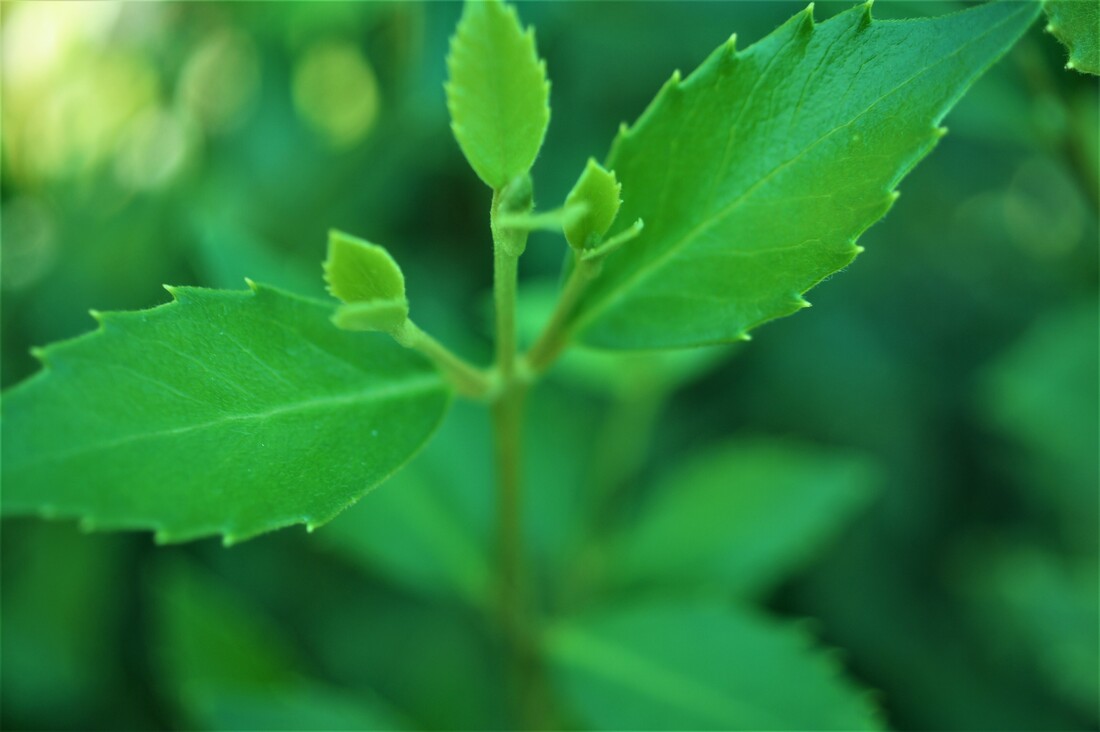Winter has arrived and the first Friday in June is celebrated as National Doughnut Day. This all started in World War 1 when America entered the war. The Salvation Army sent a fact-finding mission to France to see how they could help the war effort. And what did they come up with? Doughnuts. Well, as the story goes, their soldiers required writing supplies, stamps, and a clothes mending service. But most of all their boys needed some mothering, so they hit on the idea of providing them with freshly baked doughnuts! And of course, they loved these treats. Now it's a fund raiser for the Salvation Army so they can continue their good work.
I listened to an interview with an architect decades ago about his doughnut theory that has stuck with me. The architect was saying that our homes were like doughnuts. Weird, definitely, but that is probably why it has stuck with me. In the past, the home was like the hole in the doughnut, and the doughnut itself was the outdoor space, the backyard where children played, with a vegie garden and a few fruit trees. Now the doughnut itself is the home. as the home takes up most of the suburban block.
What if we could expand this doughnut theory to suburban development. The aim of the developer is to get as many building blocks as possible. But what if the hole in the doughnut is the communal space, a natural parkland for the housing estate, where children can play, explore, enjoy nature, kick a football and ride their bikes safely. Where each house has a view and use of natural parkland, rather than a streetscape. This communal parkland then becomes a connection with the whole estate, a connection with all the people living there, and a connection with nature.
When we consider the needs of children and nature, we get a different answer. This makes for a peaceful and beautiful place to live, with a feeling of space, calm and well-being. Isn't that what's life's all about. Well, I think so.
I listened to an interview with an architect decades ago about his doughnut theory that has stuck with me. The architect was saying that our homes were like doughnuts. Weird, definitely, but that is probably why it has stuck with me. In the past, the home was like the hole in the doughnut, and the doughnut itself was the outdoor space, the backyard where children played, with a vegie garden and a few fruit trees. Now the doughnut itself is the home. as the home takes up most of the suburban block.
What if we could expand this doughnut theory to suburban development. The aim of the developer is to get as many building blocks as possible. But what if the hole in the doughnut is the communal space, a natural parkland for the housing estate, where children can play, explore, enjoy nature, kick a football and ride their bikes safely. Where each house has a view and use of natural parkland, rather than a streetscape. This communal parkland then becomes a connection with the whole estate, a connection with all the people living there, and a connection with nature.
When we consider the needs of children and nature, we get a different answer. This makes for a peaceful and beautiful place to live, with a feeling of space, calm and well-being. Isn't that what's life's all about. Well, I think so.


 RSS Feed
RSS Feed